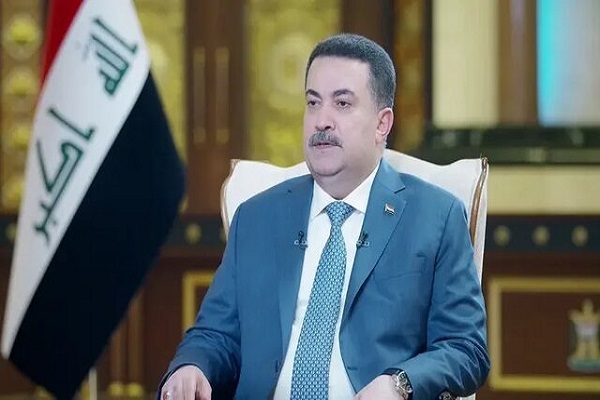
TABNAK, Dec 30: “Our relations with Iran is based on neighborliness and commonalities. Iran is a country which stood by Iraq during its political process and fighting against terrorism,” Mohammed Shia al-Sudani said in a recent interview on Iraq-Iran relations.
Iran’s foreign policy strategy toward Iraq after the fall of Saddam Hussein has been shaped by various factors, including geography, economics, and its role within the Axis of Resistance. This strategy, developed in the context of the U.S. occupation of Iraq, the dissolution of the Iraqi government and military, and the shifting perspectives of regional actors, has progressively expanded Iran’s regional and global influence in post-Saddam Iraq.
Following Saddam’s fall, Iran's foreign policy contributed to the formation of security in Iraq, a nation engulfed in crises after the Ba'ath regime’s collapse and the military’s dissolution. Iran played a pivotal role in establishing Iraq's new security framework, including both physical and cyber security. However, the involvement of other regional powers, such as Saudi Arabia, has introduced new security challenges for Iraq.
Iran’s foreign policy in the post-Saddam era has undergone significant transformations, distinguishing itself from earlier approaches. Over the years, Iranian leadership has focused on implementing measures to balance the country’s foreign policy, resulting in active diplomacy in Iraq, which was previously unattainable. Between 2003 and 2014, no agreement was reached to balance regional powers in Iraq, contributing to the country's ongoing instability.